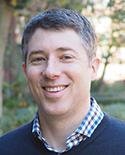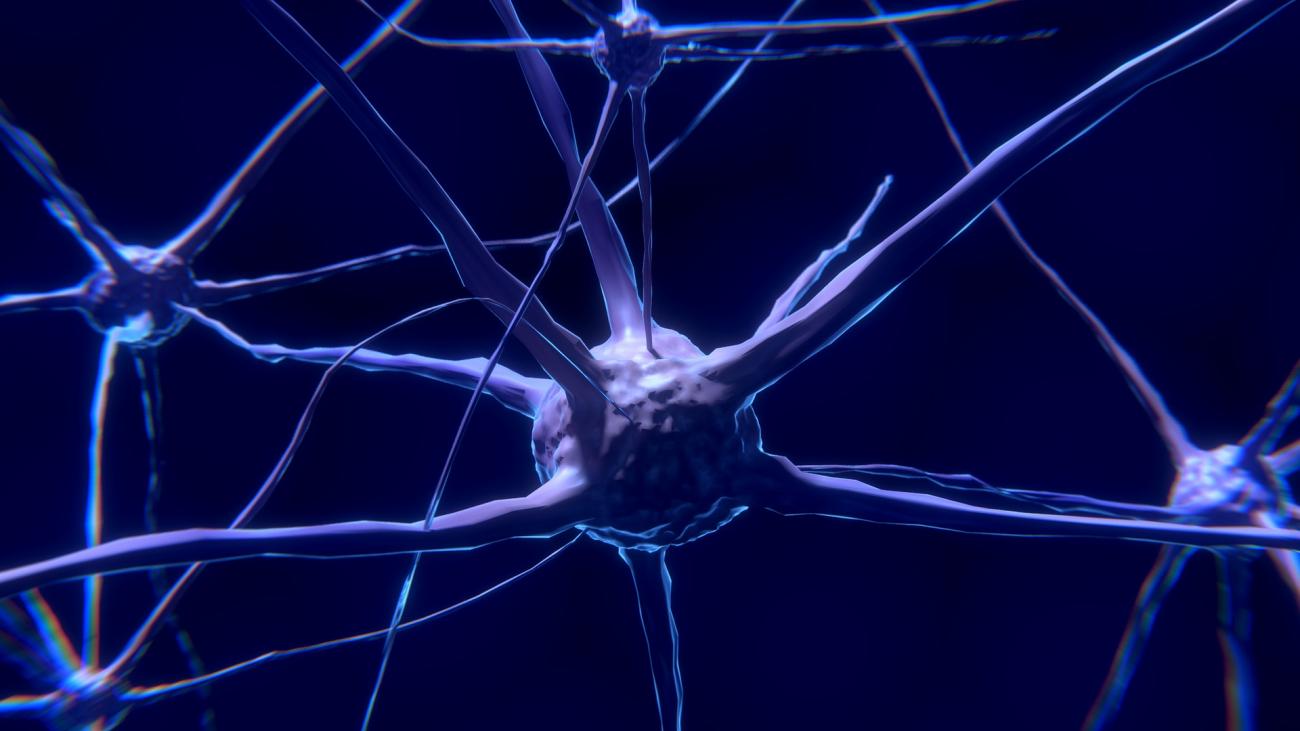Title: Toward rules of network computation in cortical circuits
Neural activity patterns are shaped and transformed as they flow through neural circuits. These computations -- the transformation of neural activity by neural networks -- underlie brain function. Our lab seeks to understand the rules of cortical computations, relying on perturbations of neural and network activity as animals perform perceptually-guided behaviors. We study neural computations both within areas, shaped by local recurrent connections, and across areas, where we seek to identify the circuits that perform the computational steps in decision-making. Resolving conflicting prior data, we have found that local cortical networks are strongly coupled, as described by inhibitory-stabilized network models. A primary purpose of the strong recurrent coupling in visual cortex seems to be to set the output network state, or the fixed points to which the network is driven by input. We find we can create pattern amplification in the recurrent V1 network by teaching animals to report perception of new activity patterns created by stimulation. In studies of how areas interact, we find that secondary visual areas seem to be an obligate downstream path for V1 -- secondary visual areas are unexpectedly involved in even simple tasks that can be performed with information available in V1. Together these results suggest several possibilities for how and where the decision computation happens. These possibilities can now be tested experimentally. To do this, and to examine how recurrent networks respond to different kinds of patterned inputs, we are using two-photon holographic stimulation, an approach that gives us the ability to change neural activity with cellular resolution.
Dr. Mark Histed is the chief of the Neural Computation and Behavior lab at NIMH.
NACS seminars are free and open to the public.




